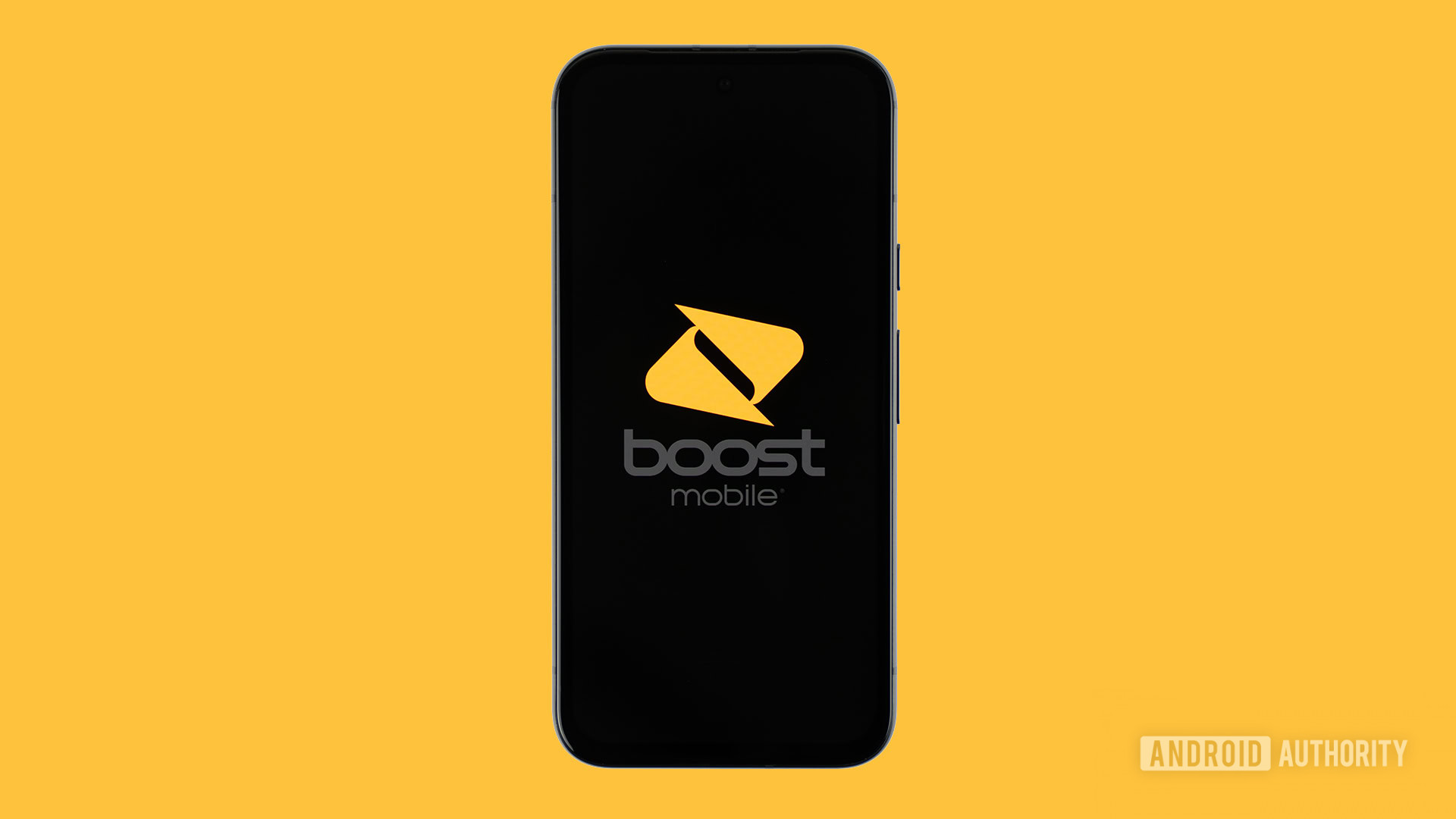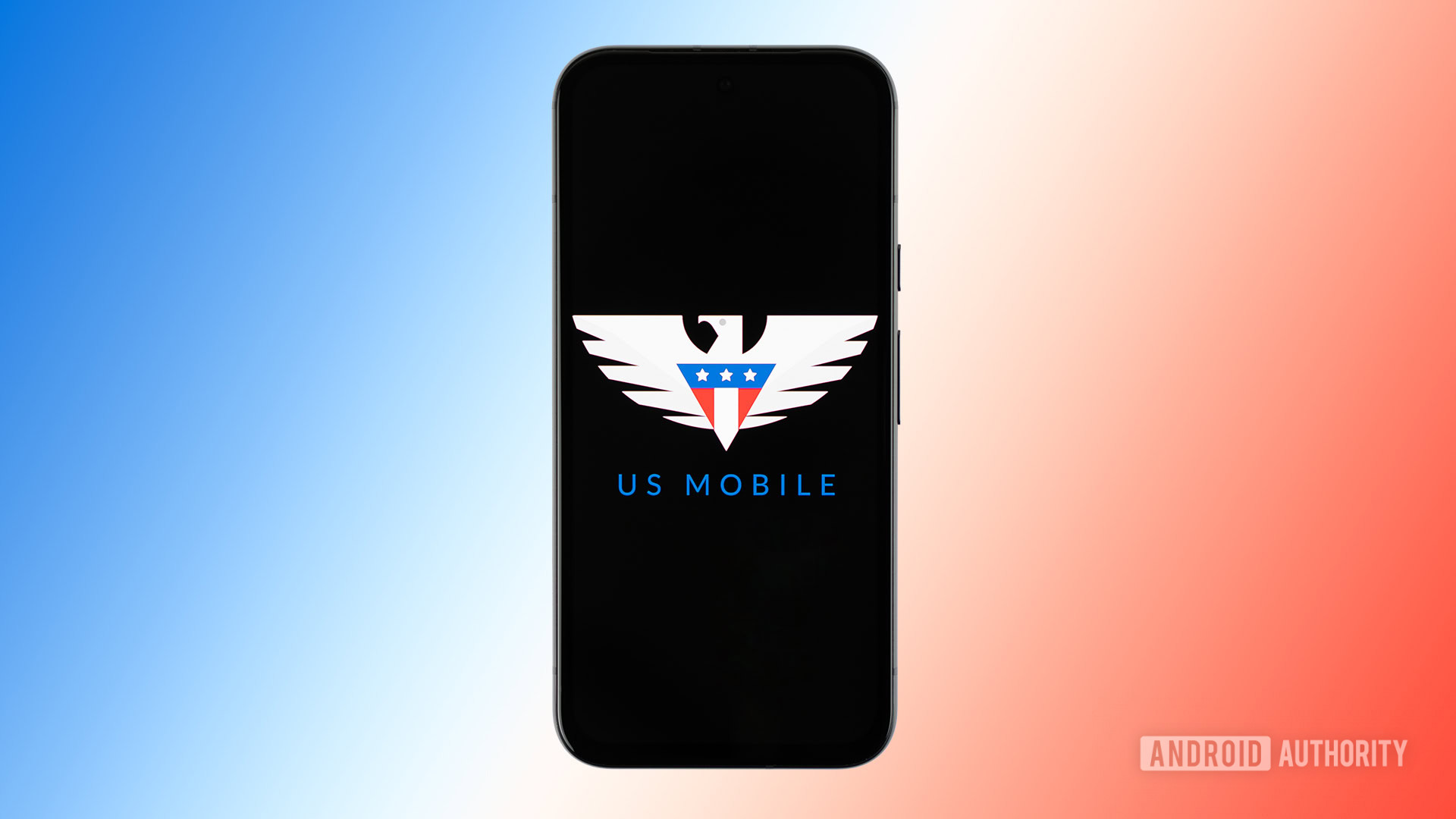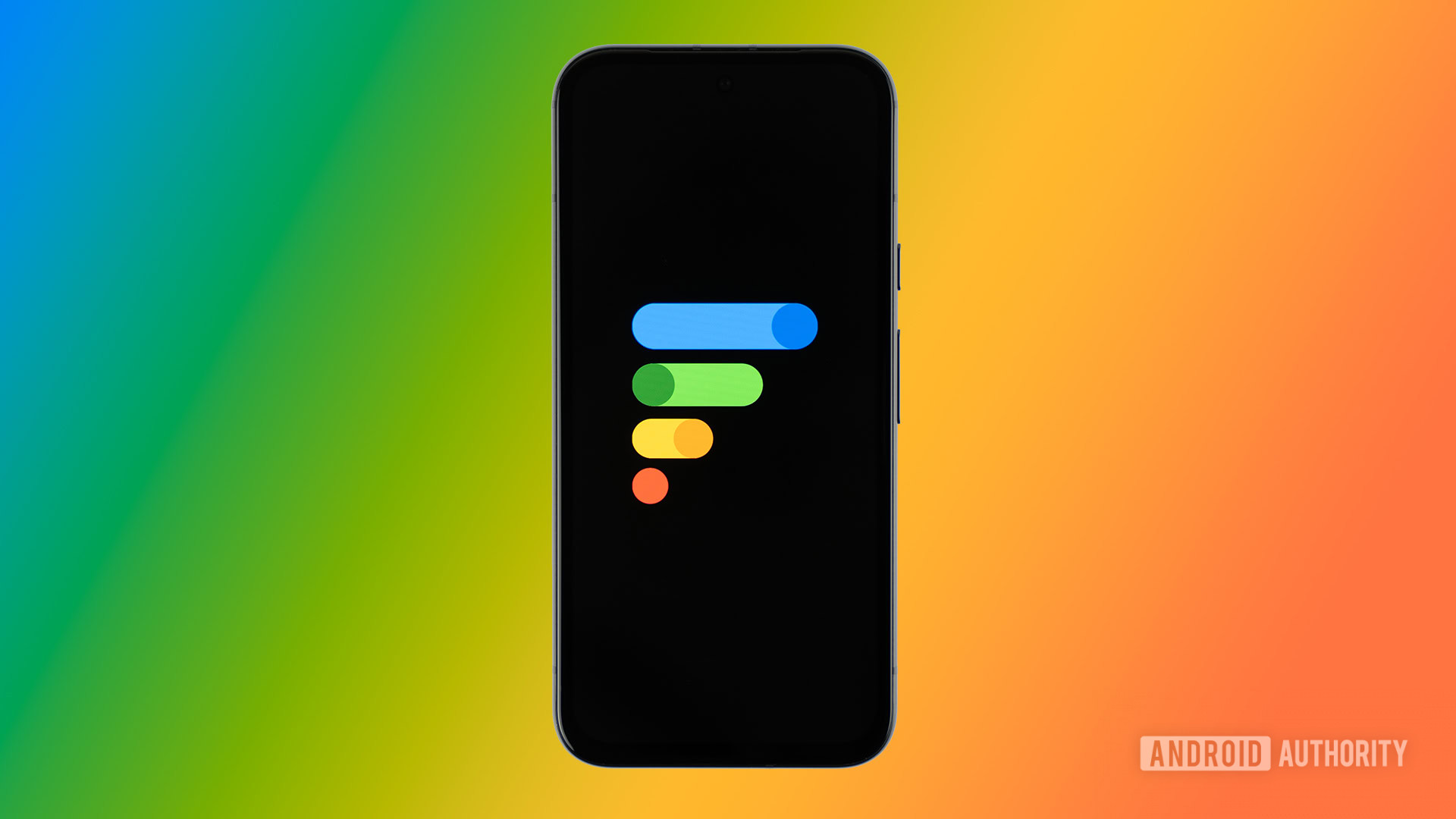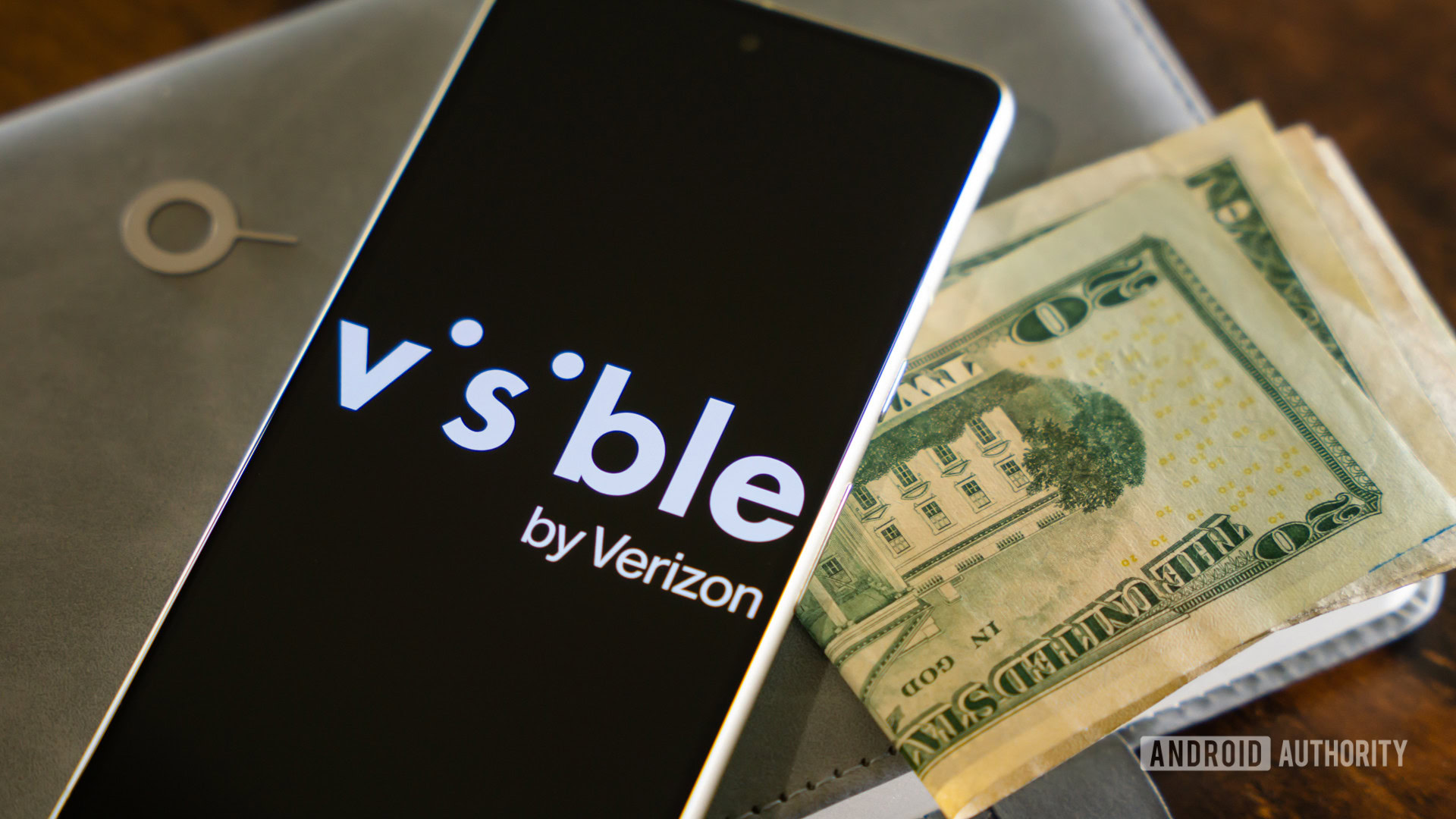Affiliate links on Android Authority may earn us a commission. Learn more.
The 4 things prepaid carriers do better than postpaid in 2024
Published onAugust 17, 2024
It’s no secret that I’m a strong proponent of prepaid services and I believe that postpaid carriers could learn a few things by paying attention to what some of their prepaid competition is doing. Of course, I will also freely admit that not everyone will find the prepaid experience good enough to meet their needs. The truth is there are still advantages to postpaid services that users might not want to give up, including prioritized data, better roaming coverage, phone selection, and perks. Nonetheless, there are at least four major aspects that I feel many prepaid networks are doing things better than the big three.
What would you like to see postpaid carriers focus on improving?
Pricing and value

Some could argue that inflation drove up pricing for the carriers, and if you adjust for that, the hike isn’t as bad as it sounds. You could also argue that the pricing and value aren’t as good because the carrier isn’t holding anything back. You’re getting the best version of its network unless you’re on the most basic starter/welcome plan, and you’re also likely getting better customer service, in-store support, and plenty of other perks, too.
This is a somewhat fair point, but at the same time, these carriers have extra revenue sources (like prepaid providers that are buying network access from them in order to operate). If Verizon, T-Mobile, and AT&T wanted to cut costs, they could afford to do so.
For example, Boost Mobile also technically offers its own postpaid and prepaid services, yet it still undercuts the competition with a starting price of just $25. It also has pretty decent prioritization levels on AT&T and T-Mobile’s network, and it also has its own Dish towers in limited locations.
Clarity and transparency in plans, services, and fees

Every time I open my Verizon bill I feel like I’m reading a foreign language, trying to decipher what an Admin & Telco Recovery Charge or Fed Universal Service Charge is, or any of the other random charges that surface from time to time.
Even things like family discounts, autopay discounts, and other special promos can be confusing. For example, when I first added a line to my Verizon account years ago, it took at least a month or so before the discount showed up. This is technically something that’s in the fine print, but I crave a more upfront experience.
Recently, I’ve been testing out US Mobile, which massively rebranded its plans earlier this year. While there was some controversy around its sudden change for existing customers, new customers have a lot to love. There are zero contracts, no hidden fees, and complete transparency around pricing. Even if I add a phone through a payment plan (powered by Affirm), there are upfront terms on what you’ll pay, for how long, and if there are any fees like taxes. Even better, there’s no activation fee.
Not to pick on Verizon again, but I recently added a Galaxy S24 to our family plan, and I had to pay $35 to activate it. I guess you could forgive that, but I was charged the same fee not long ago to reactivate a hotspot I already owned outright and had originally purchased from Verizon. These kinds of unnecessary fees are common with postpaid, and while the Big Three would cite the expenses involved in operating the network, it’s clear that many prepaid carriers get by just fine without activation fees.
International data and traveling abroad

This is another area where prepaid has a huge lead. Let’s give you a quick breakdown of the international options available through the Big Three first:
| International access abroad | International access in the US | |
|---|---|---|
AT&T | International access abroad - Free talk and text in Mexico and Canada for all plans - Optional Unlimited Premium PL plan includes 20 other countries for free - optional add on plans that start at $12 a day for unlimited talk/text/data | International access in the US Unlimited calling to 85+ countries and discounted rates in 140+ countries for $15 a month |
Verizon | International access abroad - Free calling, texting, and 2GB per day of data in Mexico/Canada for all plans - Ultimate plan even gives you 10GB of data in 210+ destinations | International access in the US - Unlimited talk and text to Mexico and US - Unlimited talk and text to one additional country of your choice for Ultimate plan - Optional add-ons are avaialble for long distance calling |
T-Mobile | International access abroad - Unlimited talk and text in Canada and Mexico - Data limted to just 128kbps for Essentials - Go 5G adds 10GB of data, 128kbps after - Go5G Next/Plus give you 15GB of data, then 256kbps - Go5G Next/Plus also give you 5GB of data that can be used in 210+ countries | International access in the US - all plans include unlimited texting to 215+ countries, with calling rates available as well |
As you can see, AT&T is probably the best here for traveling abroad — at least if you only plan to travel within North America or Latin America. While Latin American coverage requires a more expensive plan, all AT&T unlimited plans give you free roaming within North America. Verizon and T-Mobile have similar offerings, though they have data limits inside of Canada and Mexico.
Verizon, T-Mobile, and AT&T used to charge an arm and leg for roaming outside of the United States, so it’s good to see that most plans include at least basic international options in 2024. That is until you realize that Google Fi costs similar or less and yet offers much better benefits.
At the lowest end, Google Fi’s Flexible plan gives you access to international calling, text, and data in over 210 destinations for just $.20 a minute or $10 per gig. That’s on top of a $20 monthly fee for unlimited US talk and text, though data in the US will cost the same as internationally.
Google’s basic Simply Unlimited plan ($50 a month) doesn’t have the same great rates, but you do get free calling, texting, and data when visiting Canada or Mexico. Want an unlimited plan but intend to travel a lot? Google Fi Unlimited Plus is just $65 a month and gives you unlimited texting and free calls to 50 destinations, with $.20 per minute for all other regions. You’ll also get free data in over 200 destinations. The difference between this and the Big Three offerings is staggering.
Easier activation and cancellation

Although T-Mobile allows you a bit more control here than the other major postpaid carriers, all of the Big Three require you to call for more things than I feel you should. Need to shut down a line? That’s a call. Need to reactivate a plan on an existing device? You’ll have to call.
While you can add new devices and payment plans online, today’s carriers still go out of their way to make it inconvenient to make changes that don’t benefit the network. You can easily upgrade a plan right through an app, and while it’s technically possible to downgrade plans too, I recently attempted to switch my Verizon line back to a cheaper plan but it required us to call and verify first.
To be fair, the same problem can happen with a prepaid carrier, but some are better at this than others. I was able to activate and make all the needed plan changes for Mint, US Mobile, and Visible without issue, but again, not every carrier makes this easy.